Hi Mike,
This was a British EMI original (EMI ASD331-3) which I have in the white-gold (original) label. The cover is slightly different, looks like it came from the same photo shoot, with de los Angeles's face turned more toward the camera. The Angel stereo that you have probably has their early blue label, pressed in the US rather than England, and probably in auto changer sequence (1-6, 2-5, 3-4) rather than manual (1-2, 3-4, 5-6) which is what mine is. The Angel stereo pressings were just about all made from copies of original tapes, which EMI sent over to the US, so typically don't have as good sonics as the originals. Obviously, condition will also have a big effect in records this old (first issued in 1960).
In general, the early Angel Mono albums were usually pressed in England - they say Made in England rather than Made in USA, and if so, (IIRC) should be from the same matrices as the mono EMI's.
I always liked de los Angeles' voice. She was one of the staples of the EMI label and like Beecham recorded with the HMV side of EMI and not with the Columbia (Walter Legge) side - which had Callas. Other great early EMI stereo operas with de los Angeles are Verdi's La Traviata and Puccini's Madama Butterfly. She was ranked as the third best soprano by one magazine after Callas and Sutherland.
Beecham (Tommy as he was called by everyone) was quite a character. He was from a wealthy family and was a 2nd Baronet (an inherited title), so you see the Bart after his name. His family owned Beecham's Pills, a very popular patent medicine of the day. Beecham was self taught as a conductor and founded both the London Philharmonic and later the Royal Philharmonic for which he did many recordings for EMI. He started recording in the very early days of acoustical recordings (around 1910) and lived to record in the early days of stereo. He died in 1961 and Carmen was recording in 1958, when he was 78. He did do several recordings with the French National Radio Orchestra, incincluding this Carmen.
Larry


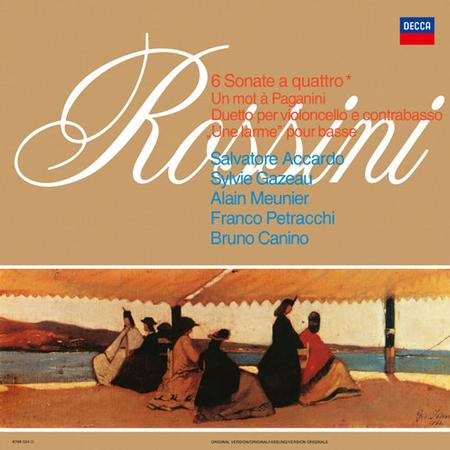
:format(jpeg):mode_rgb():quality(96)/discogs-images/R-4805097-1428175872-2472.jpeg.jpg)
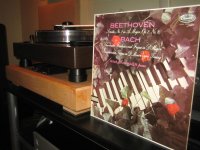
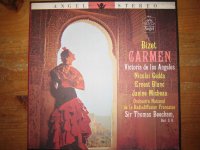
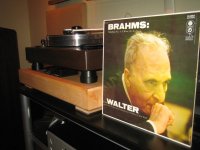
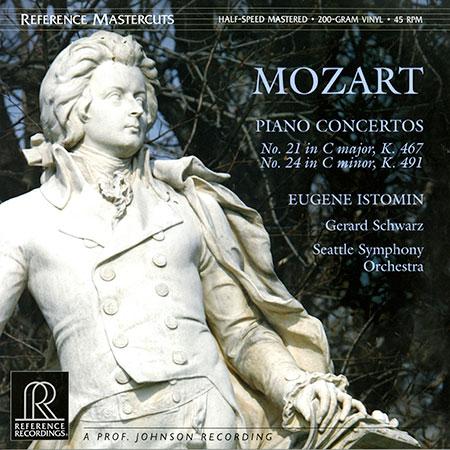
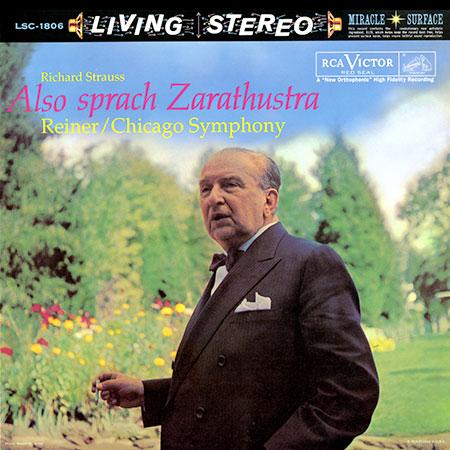
:format(jpeg):mode_rgb():quality(96)/discogs-images/R-6208828-1413758777-1477.jpeg.jpg)
:format(jpeg):mode_rgb():quality(96)/discogs-images/R-6723966-1443288023-5569.jpeg.jpg)